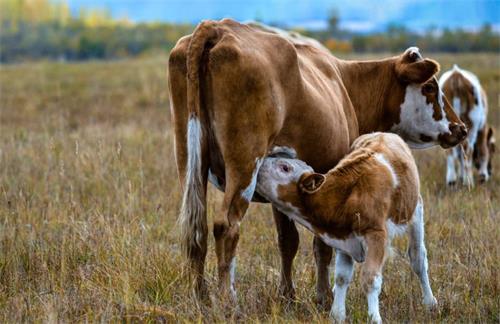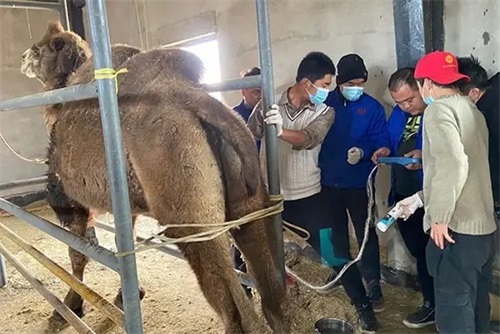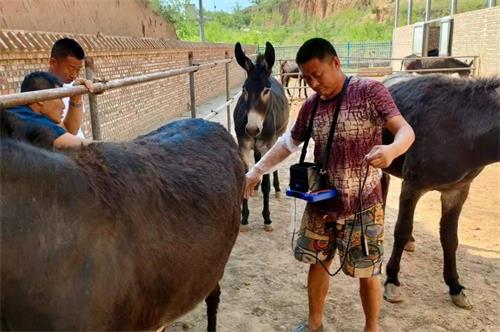The area calculation using the ellipse method on B-ultrasound is similar to the circumference calculation using the ellipse method. Both methods first measure the length of the major and minor axes, and then calculate the result based on the formula. The formula for the area of an ellipse is s=pab.
In the area calculation method of animal B-ultrasound trajectory method, pixel calculation is used to count all the pixel points inside the drawn curve. However, pixel statistics are more complicated, and simple convex shapes are fine. As long as the trajectory points of the point are judged to be larger and smaller than its coordinate in the horizontal and vertical directions, it can be determined whether it is included in the figure. However, if there are intersecting lines inside the concave figure, such a simple judgment cannot be made.
There are two methods for measuring volume on animal B-ultrasound; Two axis method and three-axis method. The two auxiliary method only requires measuring the vertical section of the target, while the three-axis method requires measuring the vertical and horizontal sections of the target.
The main difference between the three-axis method and the two axis method in volume measurement is that the three-axis method requires freezing the image twice. Firstly, scan and freeze the image in the animal ultrasound imaging mode, select the three-axis sub menu item in the volume menu, and draw an ellipse on the animal ultrasound screen to fit the size of the measured area. Thaw the image, rescan and display a cross-sectional view perpendicular to the previous image, freeze it, measure the length of the third axis using the same measurement method as "distance". After the measurement is completed, the calculation result of the volume is displayed in the results window. Repeat the steps to start the next three-axis volumetric measurement.









